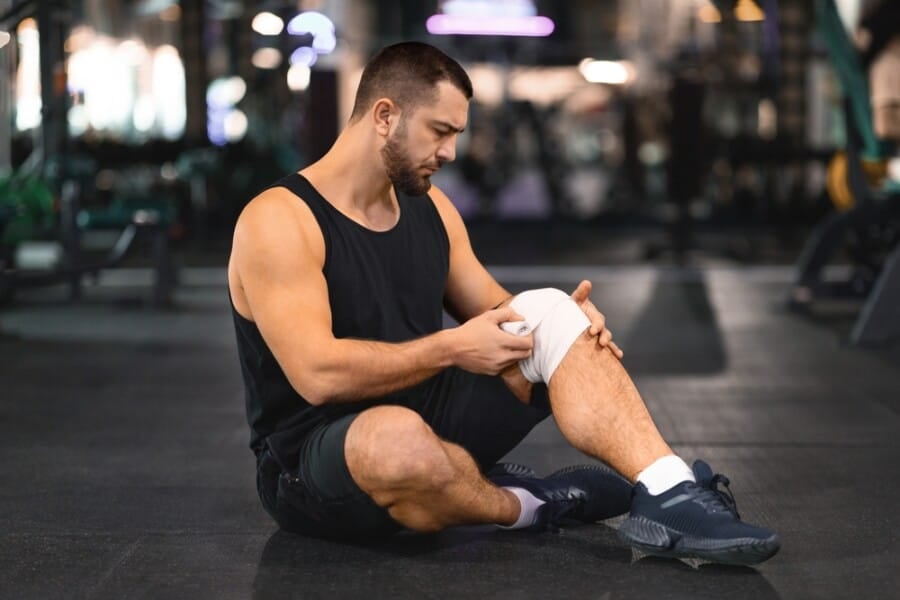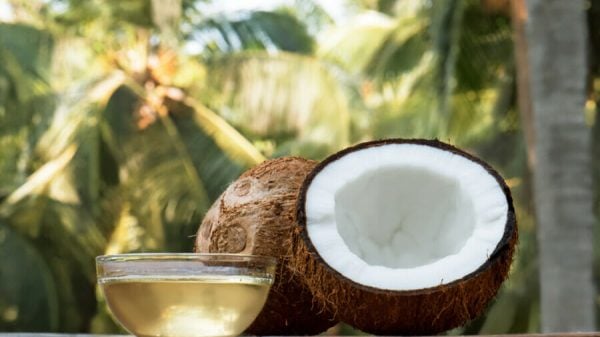The approach utilized in the U.S. to address pain distinguishes it globally, as it combines advanced healthcare technologies, cultural beliefs, and regulatory frameworks that have shaped its evolution over time. Prominent individuals such as Jordan Sudberg, renowned for their proficiency in pain control, stress the importance of grasping the complexities of pain management in the United States, revealing a method influenced by historical, cultural, and medical factors.
The Historical Context of Pain Control in the U.S.
The evolution of pain control in the U.S. is deeply intertwined with its past, reflecting societal perspectives on pain and those experiencing it. From prioritizing pain relief for disabled veterans in the mid-20th century to the diverse views on pain from both physiological and individual angles, the U.S. has a unique story. The shift from predominantly pharmaceutical methods in the past to the current array of strategies indicates a transformation impacted by elements such as the politicization of pain, the opioid crisis, and evolving medical paradigms.
Advancement of Medical Approaches and Managing the Opioid Predicament
The medical approach to pain management in the U.S. has witnessed significant changes, especially with the proliferation of pharmaceutical treatments. Initially hailed as a breakthrough, the widespread use of opioids resulted in an unexpected crisis. The transition to these medications was driven by skewed information and aggressive promotion, understating the risks of addiction. This era marked a critical point that necessitated a reassessment of pain management techniques and the urgent requirement for safer and more effective pain alleviation methods.
Implications of Political and Legal Factors on Pain Control
Pain control in the U.S. extends beyond the boundaries of medicine to encompass political and legal dimensions. The synchronization of healthcare regulations, legal frameworks, and the opioid epidemic has led to significant changes in pain management approaches. Regulatory steps and benchmarks have been established to combat opioid misuse while ensuring legitimate patients receive appropriate care. This dynamism mirrors the broader challenge of balancing effective pain relief with the prevention of substance abuse.
The Sociocultural Context of Pain Control
Understanding pain in the U.S. requires exploring the societal and cultural influences that mold perceptions and treatment techniques. The American perspective on pain is shaped by a wide range of cultural, social, and psychological factors, influencing how individuals interpret and express their pain, enduring the stigma associated with chronic pain, and societal expectations concerning pain tolerance and management.
Patient-Oriented Models and Technological Roles
Recent times have seen a noticeable shift towards patient-centric care models, highlighting the importance of recognizing and addressing the comprehensive needs of individuals in pain. Technological advancements, including telemedicine, wearable devices, and digital health platforms, have played a significant role in enabling more tailored, efficient, and accessible pain management solutions. This aligns with the current focus on patient empowerment and well-informed decision-making.
Influence of Social Media and Online Communities
The rise of social media and online health communities has transformed pain management, offering avenues for patients to share experiences, seek assistance, and access information. These platforms play a crucial role in fostering community engagement, raising awareness about chronic pain, and challenging the negative perceptions linked to long-term pain conditions. Insights gleaned from these digital channels are increasingly valuable in shaping patient-centered care strategies and guiding healthcare providers and policymakers.
Innovations and Future Pathways in Pain Control
The U.S. continues to lead in innovations in pain control, steered by ongoing research, technological advancements, and a dedication to enhancing patient outcomes. The exploration of new pain relief methods, such as non-pharmacological interventions, personalized medicine, and advanced medical devices, underscores the progressive nature of the field and its potential to offer more effective, safer, and personalized pain solutions.
Emerging Trends in Pain Alleviation Technologies
The development and acceptance of innovative pain management technologies, like neuromodulation devices, wearable pain relief tools, and virtual reality for pain distraction, signal a broader shift towards non-invasive, patient-friendly treatment options. These technologies not only open up new pathways for pain relief but also epitomize the amalgamation of modern tech solutions with traditional pain management practices.
Integration of Holistic and Comprehensive Approaches
There is an increasing realization of the advantages of holistic and integrative approaches in pain control, merging traditional medical treatments with alternative therapies such as acupuncture, physical therapy, and psychological support. This trend underscores a holistic approach to pain that addresses physical, emotional, and psychological aspects, providing a more tailored and effective pain management strategy.
The Conclusion
The distinctiveness of American pain control originates from its multifaceted approach, blending advanced medical techniques with considerations for individuals’ sociocultural context, mental well-being, and the wider regulatory and technological landscape. As the field advances, balancing innovation with safety remains essential to ensure that pain management practices alleviate suffering and enhance overall quality of life.










